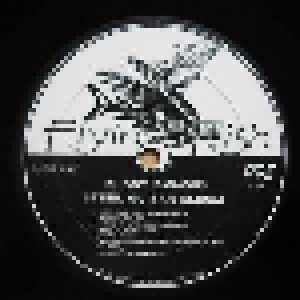

He also played the famous steel riff on Judy Collins’ recording of “Someday Soon.” Emmons returned to Nashville in the mid-1970s and would remain one of the most imitated players of his time. His work in the late 1960s and early 1970s can also be heard on many records outside of the country genre, such as that of Gram Parsons, the Carpenters and Ray Charles. His next move took him across the country to California, where he soon found work with Roger Miller.

The first jazz record to feature Emmons’ trademark instrument, it was critically praised in the pages of Downbeat magazine. It was during his years with Price that he recorded his greatest work as a solo instrumentalist, 1963’s Steel Guitar Jazz. Emmons remained with Price through 1967, by which point he had left Sho-Bud to start his own guitar company. As a member of the Cherokee Cowboys, his work on “Night Life” remains one of the definitive licks in the instrument’s history. He also stayed busy on the road, taking a job in 1962 with Ray Price. By the 1960s, Emmons was continuing to help manufacture steel guitars for Sho-Bud, in addition to his growing session work. It was on an early Tubb session that Emmons pioneered the use of the “split pedal” sound. His next band experience would come in 1957 as a member of the Texas Troubadours, the touring band for Ernest Tubb. He also became a highly sought-after session player, with Faron Young’s recording of “Sweet Dreams” being an early highlight. After a year with Dickens, he formed the Sho-Bud Company, which became one of the most successful steel companies in the business. Impressed with his playing, the Columbia Records superstar offered Emmons a job in his band, which meant a move to Nashville. It was while playing with Clark that he came to the attention of Grand Ole Opry star Little Jimmy Dickens.


 0 kommentar(er)
0 kommentar(er)
